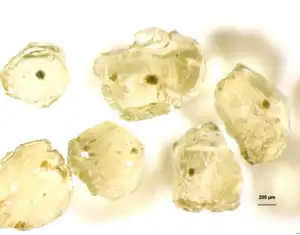
Deep Mantle Chemistry Surprise: Carbon Content not Uniform
Even though carbon was one of the most abundant elements on Earth, it was actually very difficult to determine how much of it exists below
The carbon cycle plays a crucial role in maintaining the Earth’s climate and supporting life by regulating atmospheric carbon dioxide levels. While the short-term carbon cycle—think daily processes like photosynthesis—gets much of the attention, the deep carbon cycle unfolds over millions of years. This “deep” cycle describes the movement of carbon between the Earth’s mantle, surface, and atmosphere, affecting global climate patterns over geological timescales. Let’s dive into the deep carbon cycle and explore how it shapes the planet beneath our feet.

Even though carbon was one of the most abundant elements on Earth, it was actually very difficult to determine how much of it exists below
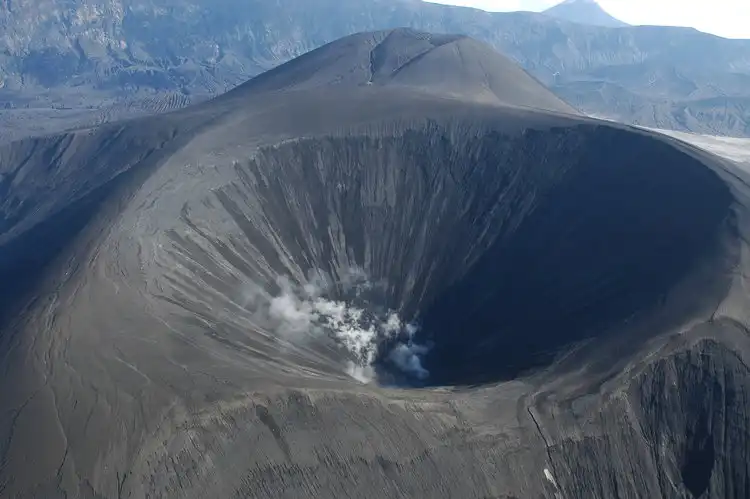
When volcanoes erupt, they spew lava, ash, and gas into the atmosphere and over the surrounding landscape. The impacts of volcanic eruptions in populated areas
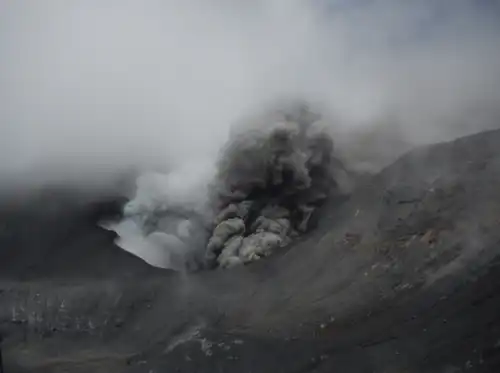
Turrialba volcano had deposited ash on the capital city of Costa Rica and its 3 million inhabitants numerous times since 2014. In a new article in the
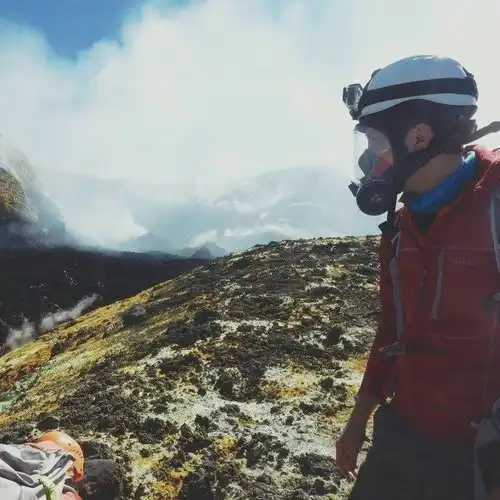
An international team of scientists was traveling to the islands of Papua New Guinea this September to study degassing from active volcanoes in remote jungles

New app shows intimate ties between volcanoes and earthquakes and gives open access to 50+ years of data on quakes, eruptions, and related emissions. On
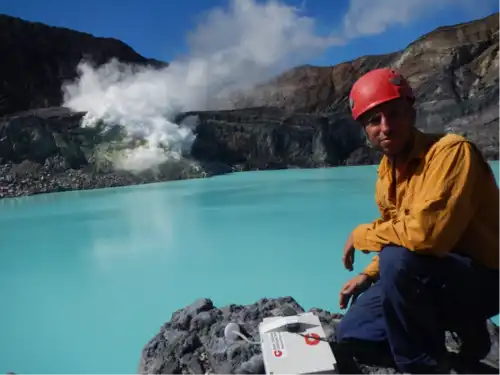
A new article published in Earth and Planetary Science Letters by a group of Deep Carbon Observatory scientists reports the results from a DECADE project
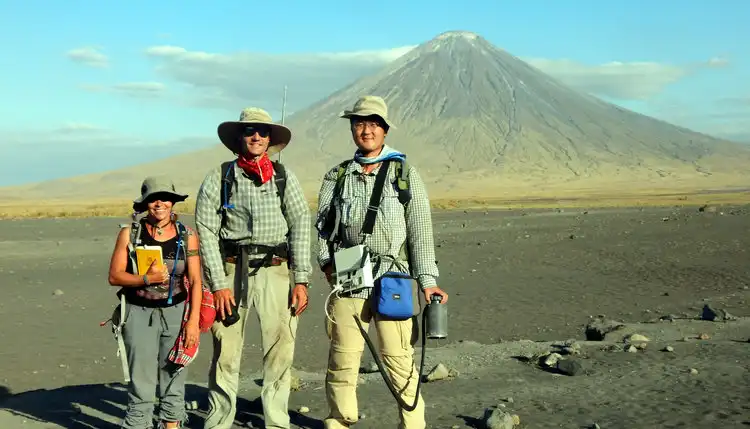
Scientists believe carbon dioxide release into the atmosphere from Earth’s interior takes place mostly via degassing from active volcanoes, but carbon dioxide can also escape
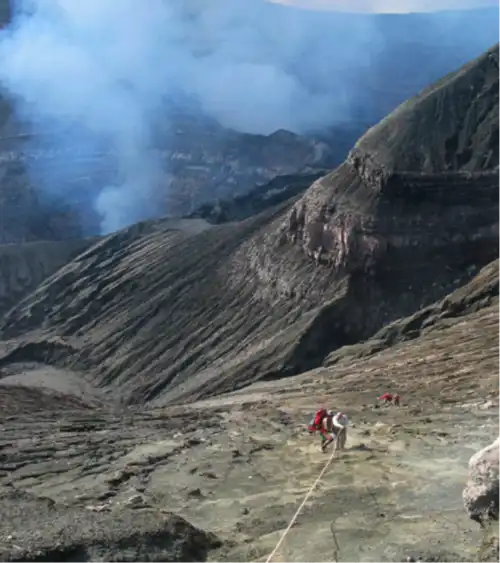
The volcanic island of Ambrym, located in the archipelago of Vanuatu in the South Pacific, was one of the most active volcanoes on Earth. What


© deepcarboncycle.org, 2017.
All Rights Reserved.